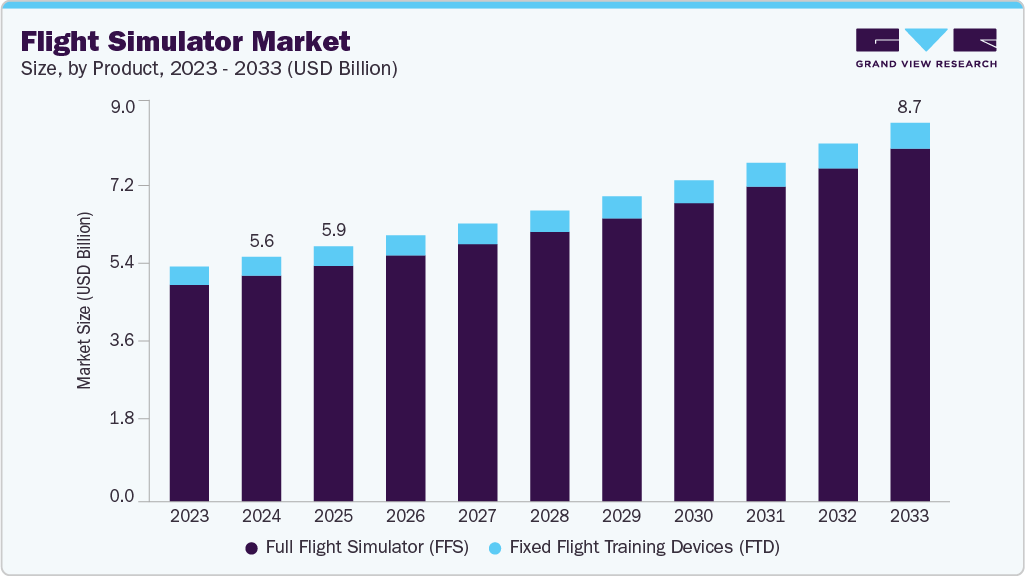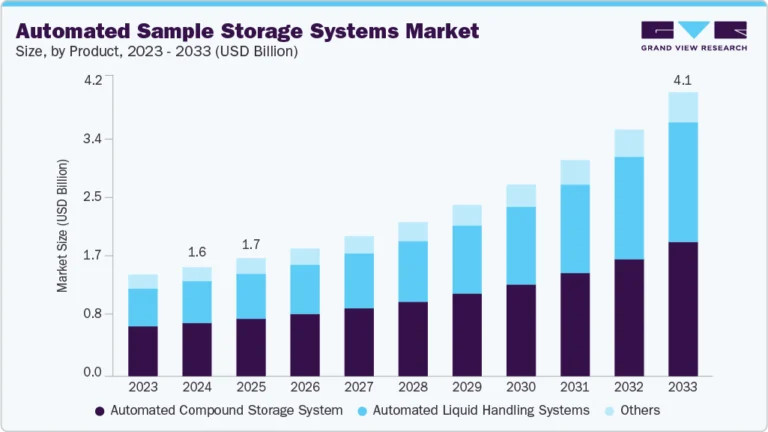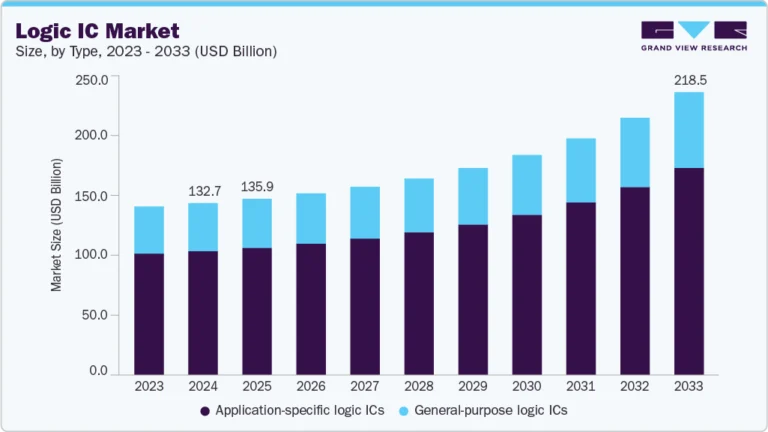Flight Simulator Market Size, Share & Trends Analysis growing at a CAGR of 5.1% from 2025 to 2033

The global flight simulator market size was valued at USD 5.62 billion in 2024 and is projected to reach USD 8.70 billion by 2033, growing at a CAGR of 5.1% from 2025 to 2033. The market is witnessing steady growth, driven by the increasing demand for smart warehousing, autonomous delivery, and last-mile logistics full flight simulator (FFS).
Key Market Trends & Insights
- Europe held 31.6% revenue share of the global flight simulator market.
- In the UK, the increasing demand for pilot training amid rising global air traffic is driving flight simulator market growth.
- By product, full flight simulator (FFS) segment held the largest revenue share of 92.3% in 2024.
- By application, civil segment held the largest revenue share in 2024.
Market Size & Forecast
- 2024 Market Size: USD 5.62 Billion
- 2033 Projected Market Size: USD 8.70 Billion
- CAGR (2025-2033): 5.1%
- Europe: Largest market in 2024
- Asia Pacific: Fastest market growth in 2024
Request a free sample copy or view report summary: https://www.grandviewresearch.com/industry-analysis/the-global-flight-simulator-market/request/rs1
The benefits offered by flight simulator devices include mission-critical training programs that ensure effective aircraft operation, low operational costs, and visual systems. These benefits offer near real-world experience and are anticipated to create new growth avenues for market growth over the next few years. Rising demand for better and more effective pilot training is anticipated to catapult growth. The growing importance of aircraft safety and the need for substantial training is anticipated to spur demand over the forecast period.
The need for flight handling and safety operations, such as situational awareness and skill competency, promotes industry growth. The industry is witnessing unprecedented R&D efforts in aerospace technology and technological advancements, resulting in the development of highly advanced flight simulators. These products offer high efficiency and can save fuel costs. Additionally, advancements in computing technology have significantly resulted in the incorporation of better visual and motion systems for enhanced fidelity and smoothness, which is also anticipated to drive the market for flight simulators over the forecast period.
The flight simulators are built to replicate the actual aircraft’s cockpit and cabin. The dashboard of the flight simulator is equipped with motion and visual systems to create realistic environments for the pilots. It allows the pilots to feel the movement in the aircraft precisely, and the visual systems help them to work out the approach procedures at the airports. The visual systems are designed to offer the pilots a satellite-quality 180-degree view.
Technological advancements resulting in the development of highly advanced flight simulators are expected to drive market growth. Lockheed Martin Corporation offers a flight simulator named Prepar3D, which can recreate the cityscape and night flying illustrations. They have kept it as an open source for private users and software developers to create new applications and environments, thus ensuring the constant evolution of the program. Additionally, advancements in computing technology have resulted in better visual systems offering near-real-world experience, which are likely to drive industry growth over the forecast period.






